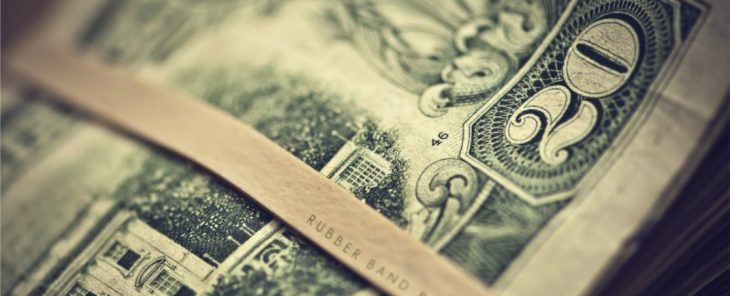BLS: Year-over-year inflation up 3.5% in March
by April 10, 2024 5:41 pm 237 views

Prices of goods and services were higher than expected in March with the Consumer Price Index (CPI) rising 0.4% for the month and 3.5% higher year over year, according to Wednesday’s (April 10) report from the U.S. Bureau of Labor Statistics (BLS).
Economists had expected an annual increase of 3.4%, but higher shelter (rents and mortgages) and energy costs pushed the rate up. When excluding food and energy, core CPI increased to 3.8%, ahead of the 3.7% estimates.
Shelter costs that include rents, leases and mortgages rose 5.7% year over year with insurance costs, taxes and higher property values continuing to rise. The BLS said food inflation is still rising with grocery prices up 1.4% higher year over year. Restaurant food prices rose between 3.2% and 5% from a year ago, with fast-food eateries showing the highest increases. The BLS said fruit and vegetable prices were up 2% in March from a year ago and soda beverage prices rose 2.4%. Meat and poultry prices were up 1.3% and cereal/bread prices were 0.2% higher year over year. Dairy product prices were down 1.9% from a year ago amid more retailer promotions for the Easter Holiday.
The hotter-than-expected inflation number pushed bond prices higher on Wednesday, sending the average new home mortgage rate above 7% and cooled market watchers’ sentiment on a Federal Reserve rate reduction in June and possibly not until September or later.
The BLS reported that motor vehicle insurance costs up 22.6% in March on top of a 2.7% increase in February. However, new car and truck prices declined 0.1% from a year ago and the cost of used vehicles fell 2.2%. The cost to service cars and trucks rose 6.2% year over year and gasoline prices were up 1.3% in March adding to a 6.7% jump in February.
Consumers also saw 1.6% higher costs for men’s apparel, while girls’ clothing prices were up 2.1% from a year ago. Women’s apparel prices were flat overall in the period. Electricity and water-sewer rates were up 5% and 5.3%, respectively, from a year ago. It also costs about 4% more to see the dentist, 3.1% more for eye care ,and 0.7% more to see a doctor. Inpatient hospital services rose 7.7% in March, and outpatient services were up 8.3%.
Rental car rates fell 8.8% in March following a 5.57% increase in February. Airfares fell 7.1% in March and hotel rates decreased 2.4%. Cruise fares were 6.8% more costly in March compared to a year ago.
Haircuts and manicure prices rose 3.8% in March, while laundry and dry cleaning costs increased 6.6% compared to a year ago. It was also 8.8% more expensive to get legal advice and funeral prices rose 5.6% from a year ago. Veterinary costs rose 9.6% with pet grooming and boarding fees rose 4.8% from a year ago.
“The March CPI inflation report is an unwelcome message to the markets that the Fed’s inflation fight is far from over. Inflation remains the number one problem it still has yet to solve. Clearly, restrictive monetary policy has not yet fully done its work. A patient Fed with a Chair that is in ‘no rush’ to cut interest rates must be mulling the possibility that it may need to do more to put a stake in inflation’s beating heart,” said Scott Anderson, chief U.S. economist at BMO Capital Markets.
While the consumer continues to be resilient, Wells Fargo senior economists warn there will be a day of reckoning for those using credit to prop up spending. In February, the Federal Reserve Bank of New York reported overall credit card delinquency rates were up 2.67%. Older Millenials (ages 36-42) saw delinquency rates of 3.86%. Generation Z, young adults 18 to 28 saw the highest delinquency rates of 4.3%, while Generation X (ages 45-52) saw delinquency rates of 3.86%. All of these groups have seen higher rates since the low of 1.03% was set in May 2021.
